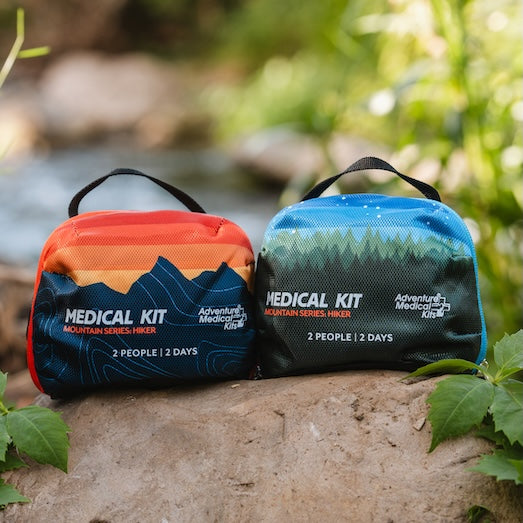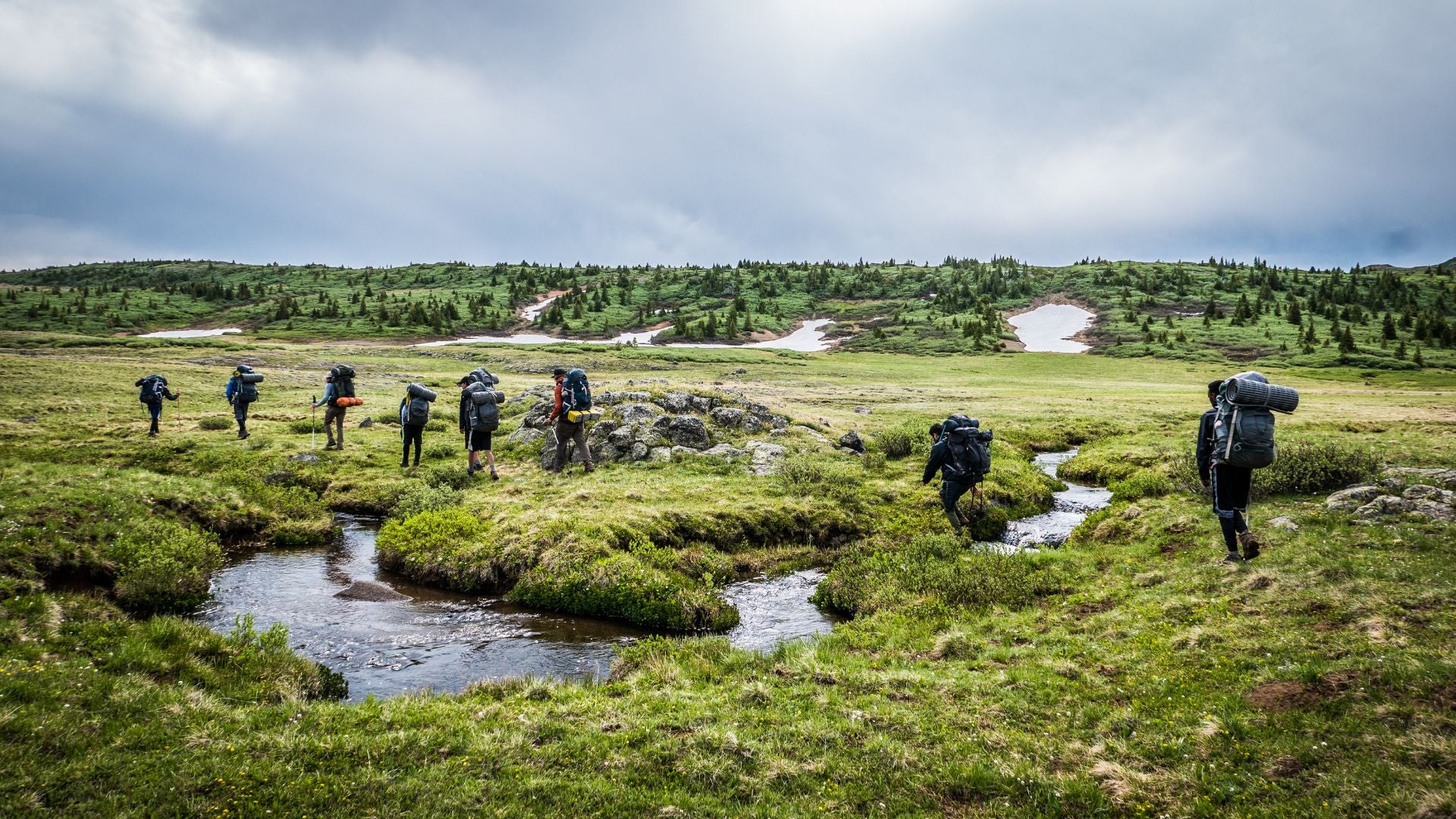By Buck Tilton
Not all snow is created equal—it can be soft and dry, heavy and wet, hard as rock—but most snow can be shaped into a quick shelter and, in an emergency, a snow shelter may save your life.
Make Use of What the Terrain Offers
Before beginning a snow shelter, look around: an emergency shelter in snow-covered conditions can sometimes be found. There may be a hollow space under a downed tree, as long as the tree is held firmly in place by something other than snow. If snow supports a large tree, you could find yourself buried or squashed, or both, especially if you get a fire going. Space often lies beneath the low-hanging limbs of a large, dense evergreen.
In rocky terrain, you may be able to crawl into a space created by an overhang. Some movement and shaping of snow is often required to make one of these natural shelters fit you better.
Construct Snow Shelter out of a Drift
You can dig a small snow cave in a drift, one just large enough for you to fit inside. Forget an official tunnel entrance—but if you can start low and dig up slightly before scooping out the room, you’ll trap more body heat within the finished snow shelter.
Without a shovel? Improvise: dig with a pot, a ski, a snowshoe, a signal mirror, a limb, even your gloved hands. If you have a pack, place it in front of the entrance hole as a door. A candle would be great, brightening the interior and adding several degrees of warmth.
Remember: if you light a candle in a snow shelter, you’ll need a small vent hole above it. Without a sleeping pad, you can lie on extra clothing or, if you’re in a forest, evergreen boughs.
Create a Snow Trench
In the open or without a drift, dig a snow trench. If possible, make it about three feet deep and as long as your body plus a few inches. Pile the snow from the trench on the windward side of the snow trench as a break.
You can roof it with blocks—if you have the leisure time and know-how to make them. You can roof it with evergreen boughs. You can roof it with a tarp, an emergency blanket, a large garbage bag. Cover whatever roof you create with snow to add insulation, leaving an opening on one end of your snow shelter just big enough to squirm through.
Dress Appropriately
Pace yourself as you dig your snow shelter. Prepare by losing a layer or two of clothing to reduce sweating, but wear a waterproof, or at least water-resistant, shell to stay as dry as possible from melting snow. A damp body from either sweat or snow will make survival more problematic.
If you think people will be out searching for you, make your snow shelter site as visible as possible from the ground and the air by placing bright-colored clothing nearby or stomping an unusual pattern—such as H-E-L-P—in the snow. Remember when you are inside the shelter your ability to hear what is happening outside will be reduced to almost nothing.
The temperatures may drop and the storms may rage, but if you construct a simple snow shelter—and carry basic emergency gear—you can be safe and secure in your shelter in the snow.
Recommended Gear List
Heavy Duty Emergency Blanket – This survival blanket retains up to 90% of radiated body heat and doubles as an excellent ground cover or shelter for a snow trench.
Scout Survival Kit – Watertight kit includes essential tools for fire starting, signaling, navigation, gear repair.














